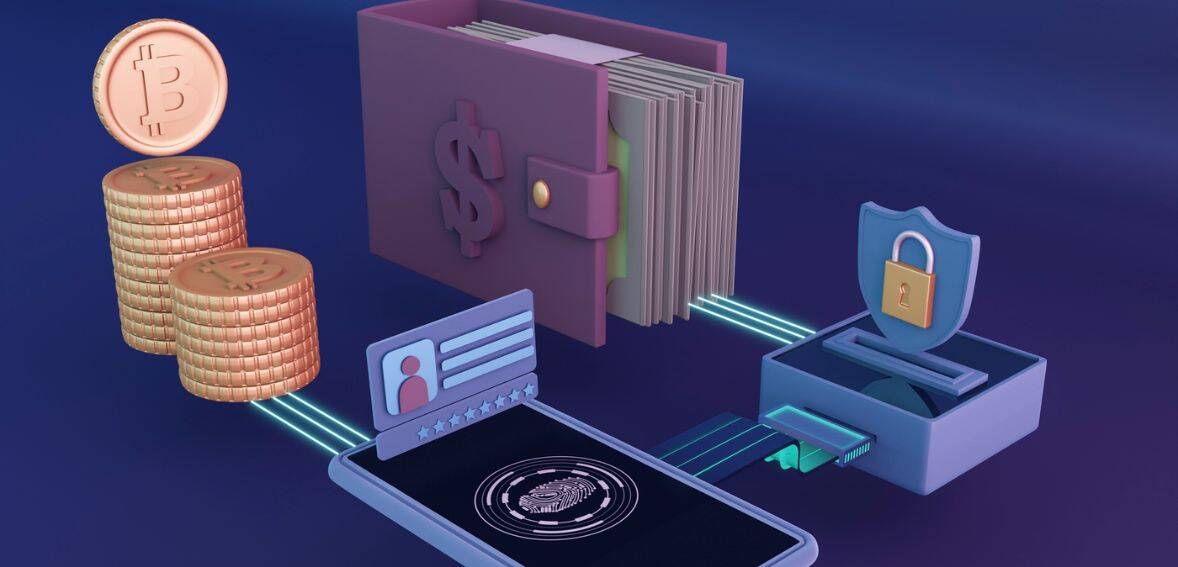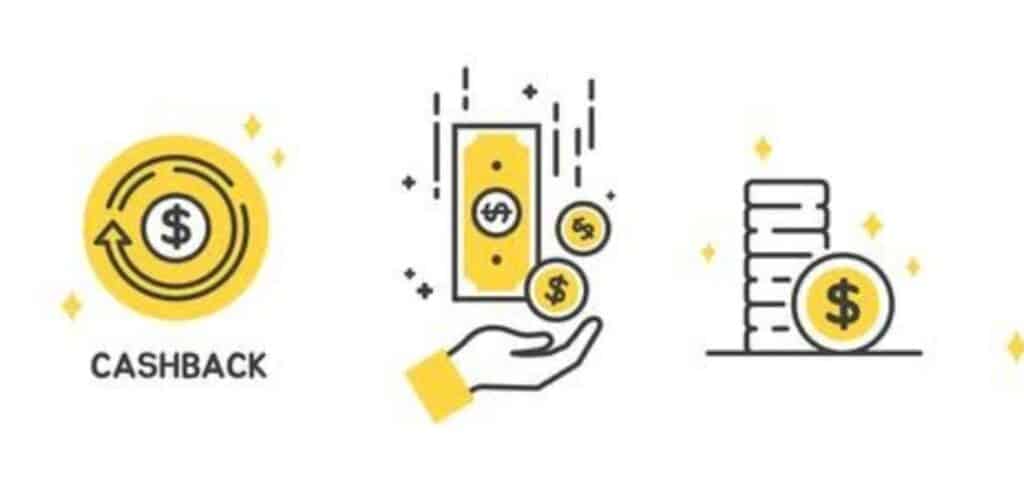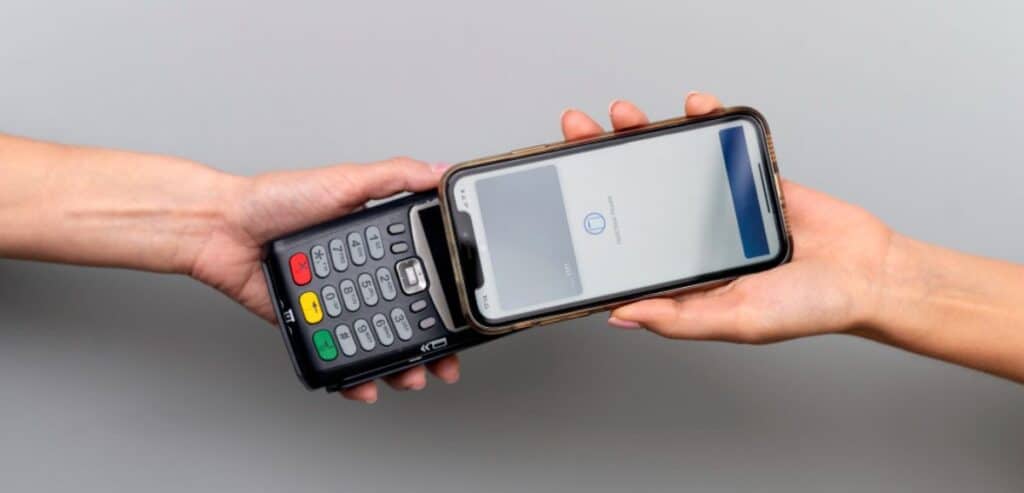
By admin October 27, 2025
Payments through Automated Clearing Houses (ACH) are now a crucial component of the American financial system. Bill payments, business-to-business transactions, and direct deposits are all common uses for the ACH network, which handles billions of transactions every year. Every one of these transactions is given a Standard Entry Class (SEC) code to guarantee proper classification.
In order to categorize the type of ACH SEC Codes entry, how it was approved, and who started the transaction, these codes are essential. Because misclassification can result in regulatory repercussions or rejected transactions, it is imperative that financial institutions, businesses, and third-party processors all understand these SEC codes.
Why SEC Codes Matter in ACH Transactions

SEC codes establish the regulations governing each form of payment in addition to categorizing transactions. Authorization, security, formatting, and return windows are all particular requirements for each code. Penalties, delayed funds, or even the suspension of ACH privileges may result from the misuse of an SEC code.
Furthermore, the significance of using accurate SEC codes has only increased as regulatory agencies continue to tighten controls surrounding electronic payments. In addition to enhancing compliance, merchants and financial institutions can guarantee a smooth customer and vendor experience by coordinating their operational procedures with the appropriate SEC codes.
Understanding the Role of SEC Codes in ACH Transactions
Each SEC code identifies how a transaction was initiated and its intended purpose. This section delves into the most commonly used ACH SEC codes, providing insight into their function, use cases, and compliance requirements.
Prearranged Payment and Deposit Entry (PPD)
Companies start PPD transactions to transfer money to or from customer accounts. Payroll direct deposits and regular bill payments, like utility or subscription fees, are the two most frequent uses for these. The customer must give written consent for a PPD transaction.
Strict documentation is required for compliance in this consumer-to-business transaction. As long as the appropriate authorization is maintained, these scheduled or recurring transactions are frequently linked to lower dispute rates.
Corporate Credit or Debit Entry (CCD)
Business-to-business transactions are conducted using the CCD code. Usually, businesses use these entries to transfer funds between corporate accounts or pay suppliers. CCD transactions don’t need the same kind of consumer-level authorization as consumer-based SEC codes.
However, ACH authorization clauses are frequently included in business-to-business agreements. These transactions must follow certain NACHA formatting guidelines and may involve one-time or ongoing payments. The efficiency and shorter settlement times of CCD make it an important tool for managing enterprise cash flow.
Cash Concentration or Disbursement Plus Addenda (CCD+)
An extra addenda record is permitted in the CCD+ format, which is a variant of the CCD format. The receiving business receives payment-related information from this addendum. Because the addenda may include references to invoice numbers, amounts, and payment dates, it is particularly helpful for businesses that must reconcile payments with invoices.
Businesses aiming to increase payment transparency and expedite back-office reconciliation procedures have come to favor this format.
Internet-Initiated Entry (WEB)
When customers approve an online transaction, they use WEB entries. These are frequently found in online billing portals and e-commerce, and they can be one-time or ongoing payments. These transactions are subject to stricter security regulations because they are started remotely.
Secure data storage procedures and suitable authentication protocols must be put in place by merchants. NACHA requires particular risk management practices, such as yearly security audits and fraud monitoring systems, because WEB entries are also scrutinized for increased fraud risks.
Telephone-Initiated Entry (TEL)
When a customer authorizes a transaction over the phone, TEL codes are used. Businesses must have a documented procedure for confirming and preserving the verbal authorization for these transactions, which are typically one-time payments.
TEL transactions are authorized by customers over the phone, making them convenient but higher risk. Businesses must maintain clear verification records and ensure compliance with NACHA’s standards for how to accept credit cards over the phone to process payments securely and reduce fraud exposure.
Point-of-Purchase Entry (POP)
POP transactions take place at the point of sale when a check is transformed into an electronic transaction. This usually occurs in retail settings where the transaction is completed electronically and the check is scanned before being returned to the customer.
Consumer payments are made through POP transactions, and merchants are required to make sure the check is voided and to furnish a receipt. POP entries expedite check payments, but in order to adhere to ACH standards, they need reliable hardware and software systems.
Back Office Conversion Entry (BOC)
Though they take place after the point of sale, usually in the merchant’s back office, BOC entries are comparable to POP. This enables the scanning and subsequent conversion of checks received during the day into electronic entries.
By using BOC entries, retailers can process checks in bulk rather than one at a time. Similar to POP, merchants are required to notify customers that checks may be converted and to safely hold onto the original checks until processing is finished.
Accounts Receivable Entry (ARC)

When a customer mails a check to a business, it is converted into an ACH entry using ARC codes. When consumers send checks to pay for utilities or other services, this is typical.
Companies must adhere to appropriate documentation and retention policies and inform customers that checks may be converted. In accounts receivable departments, ARC transactions minimize manual labor and expedite check handling.
Represented Check Entry (RCK)
When a check that was returned for insufficient funds is presented electronically for payment again, RCK codes are applicable. This eliminates the need for manual check processing and enables merchants to try collection.
RCK entries can only be used if the original check satisfies specific requirements and must adhere to stringent formatting guidelines. They provide a more affordable option than conventional collection methods.
International ACH Transaction (IAT)
For cross-border ACH payments, IAT codes are utilized. In order to adhere to international and OFAC regulations, these transactions must contain certain data fields. IAT entries entail extra due diligence, such as confirming the parties and monitoring the cross-border money flow.
Financial organizations are required to flag suspicious activity and put controls in place to guarantee adherence to international anti-money laundering (AML) regulations. IAT has become more and more important for businesses as a result of the expansion of international trade.
Automated Enrollment Entry (ENR)
In order to enroll customers in direct deposit programs, usually for federal benefit payments, ENR codes are used to transmit information. Communication of account information is the main purpose of these non-monetary transactions.
ENR entries cut down on administrative expenses and simplify government payment programs. Even though they don’t require money transfers, timely enrollment depends on proper data formatting.
Destroyed Check Entry (XCK)
When a check was lost or destroyed but was supposed to be converted into an ACH entry, XCK entries are used. If the right authorization had been in place prior to the check being lost, this code would enable the transaction to be completed electronically. Although it is not frequently used, XCK offers a crucial backup method to prevent transaction failure.
Compliance and Risk Considerations with SEC Codes

Maintaining regulatory compliance requires knowing the particular consumer authorization guidelines associated with each ACH SEC code. For example, codes such as PPD and WEB require varying degrees of recordkeeping and consumer consent.
Establishing commercially reasonable authentication techniques, such as multifactor validation and digital agreements, is a requirement for WEB entries. In contrast, PPD transactions are predicated on recorded telephone agreements or signed paper authorizations.
Neglecting this distinction may lead to non-compliance with federal privacy laws like the Gramm-Leach-Bliley Act and NACHA regulations. Financial institutions and payment processors must ensure that their consent collection and storage practices comply with the requirements of each SEC code. To better understand how each bank functions in ACH transactions, explore the difference between RDFI and ODFI.
Fraud Detection and Unauthorized Transactions

The degree of fraud risk differs greatly amongst SEC codes, especially when contrasting business-to-business (B2B) and business-to-consumer (B2C) transactions. For instance, because WEB and TEL entries are electronic and remote, they are typically regarded as higher risk.
Robust fraud detection systems that can track IP addresses, keep an eye out for odd activity, and identify discrepancies in customer data are necessary for these transactions. It is expected of originators and ODFIs (Originating Depository Financial Institutions) to keep up transaction monitoring procedures specific to the vulnerabilities linked to each SEC code.
Transactions that are poorly coded or handled with inadequate security may be contested as unauthorized, which could lead to violations of NACHA rules and higher return rates. Compliance may eventually be weakened by ineffective fraud detection linked to SEC code classification.
The Future of SEC Codes in an Evolving Payments Landscape

ACH processing is just one example of how traditional banking infrastructure is being challenged by the financial industry’s ongoing digital transformation. The use of SEC codes is being reexamined in light of FedNow, real-time payment systems, and cryptocurrency-based payments. Even though ACH is still the basis for many payment methods, its rigidity may cause problems in a financial environment that is changing quickly.
However, SEC codes will remain a cornerstone of classification and compliance as long as ACH transactions are common. Smart routing engines and AI-driven fraud detection are two examples of innovations that could further simplify the use of SEC codes and increase their effectiveness without sacrificing regulatory compliance.
Conclusion
ACH SEC codes are more than just technical terms; they subtly influence the flow of funds behind each ACH transaction. The particular code that is attached dictates how that payment is handled, both legally and operationally, whether you are processing refunds, managing customer payments, or running payroll. Knowing these codes can help you, as a bank, processor, or business owner, prevent needless delays and safeguard your profits.
Furthermore, it communicates to regulators that you are following the law and that you value your clients’ financial information. Gaining control over these codes now will make things much simpler later on, as compliance is being closely monitored and digital payments are expanding quickly.